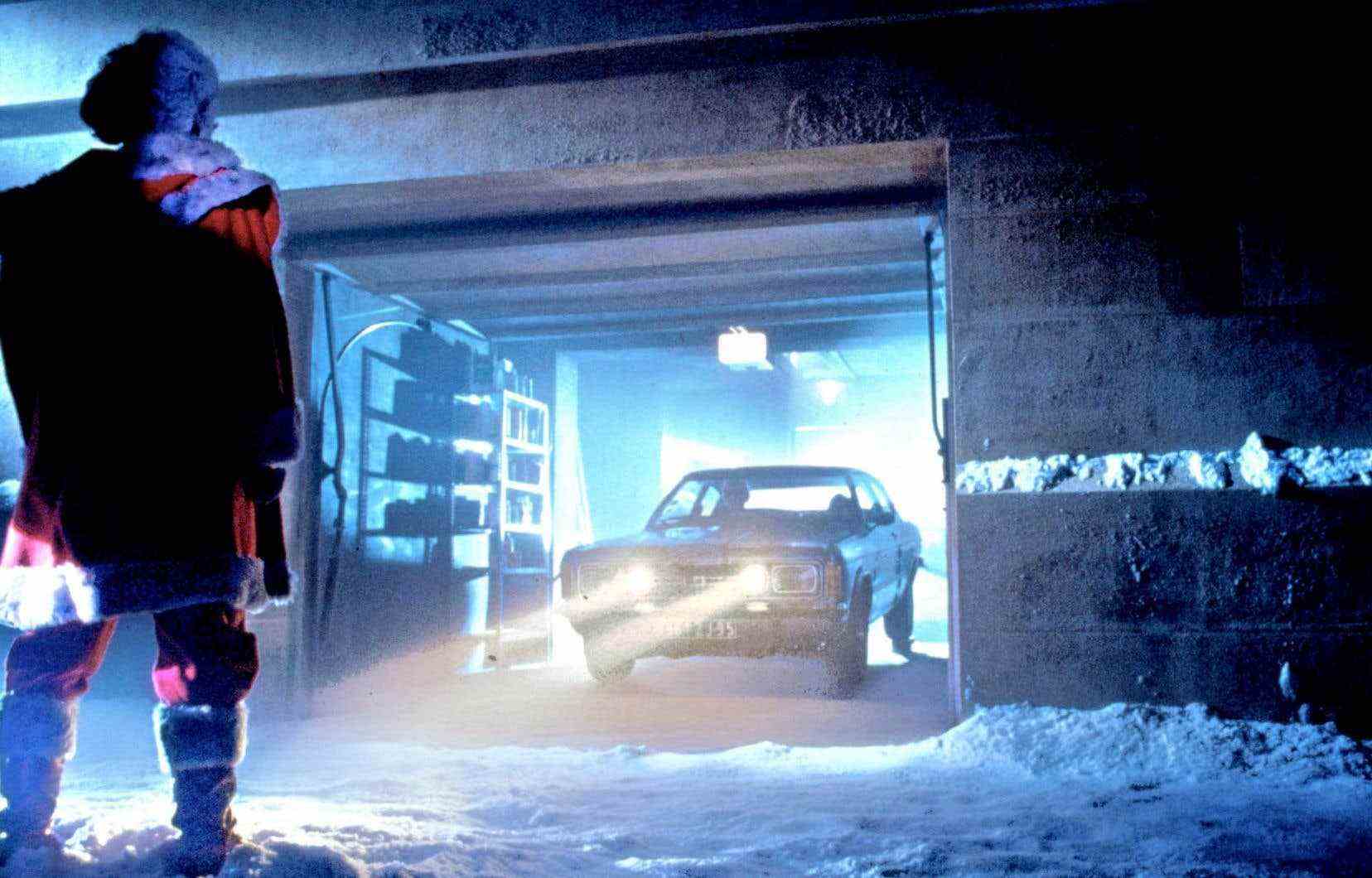Everyone knows their holiday classics. Every December, Santa Clause is garbage, The tree has balls Where Mom I missed the plane !to name a few, are inevitably found in theaters or at the heart of our movie nights at home.
Many Quebecers have therefore become accustomed to seeing the same films every year – almost all the time comedies that have the same narrative scheme and a good moral, often inspired byA Christmas Carol, by Charles Dickens. The history of cinema reminds us, however, that there is a wide variety of holiday films.
That is why The duty offers you three, which have become cult, but whose themes and genres are not instinctively associated with this period, in order to allow you to vary your viewing of the next few days.
Crystal Trap (Die Hard)
This bloody thriller action has been the subject of much debate as to whether it is truly a Christmas movie, but several clues reveal that it should be considered one.
Let us recall, first, that crystal trap (1988, John McTiernan) tells the story of New York policeman John McClane (Bruce Willis) who comes to find his estranged wife, Holly (Bonnie Bedelia), in Los Angeles, at his son’s Christmas party. company. She finds herself at the heart of a hostage situation, and John McClane ends up killing the robbers and saving the hostages, including his wife.
Although it opened in theaters in July 1988, the film has been revisited more during the holiday season over the years. The Cinéma Moderne, in Montreal, presented it two weeks ago.
Not only does the plot take place on December 24, but the film also features several visual elements relating to the holiday season, including Christmas decorations and a preponderance of warm colors, especially in the lighting and character costumes. This is without counting the famous scene where John McClane teaches the kidnappers that he has a submachine gun by writing it, in blood, on the corpse of one of their own (whom he killed), signing “ho-ho -oh”.
Building on the renewed craze for the film over the holidays, 20th Century Studios even released a new trailer for the film in 2018 titled diehard | The best Christmas story, which has more than 800,000 views on YouTube. The studio has therefore decided; it is indeed a film of the holiday season.
3615 Santa code
It is well known, the holiday season has also generated a good number of nanars. We immediately think of neighbor against neighbor (Deck the Halls2006, John Whitesell) or, in Quebec, at Daddy has become a leprechaun (2018, Dominique Adams).
Even if it is not unanimous with critics, the French adventure film 3615 Santa code (1989, René Manzor) became cult thanks to its ambitious direction and the absurdity of its action sequences. The Public cinema will also present it this week, in Montreal.
René Manzor wanted to recreate a lugubrious American atmosphere, inspired, among other things, by that of Gremlins (1984), itself an unusual Christmas film. 3615 Santa code is an adventure story where 9-year-old Thomas awaits the arrival of Santa Claus at his home, alone with his grandfather, on December 24, while his mother, who raises him alone, is held up at work.
“Don’t try to see Santa Claus, otherwise he will turn into an ogre”, his mother had warned him. It is therefore a sociopathic Santa Claus in search of revenge who arrives at Thomas.
Passionate about computers, the latter, who is played by the son of René Manzor, had previously stuffed the family home with games and traps that end up helping him in his attempts to stop the murderous madness of Santa Claus.
Does this story remind you of anything? It’s because 3615 Santa code directly inspired Mom I missed the plane !, which was released a year later. Remember that in this true holiday classic, little Kevin (Macaulay Culkin) traps burglars in the family home.
Tokyo Godfathers
The Christmas films that end up on our screens are generally American, French or, in some cases, Quebecois. But rarely do Asian films — let alone animation — become so popular here.
Tokyo Godfathers (Satoshi Kon, 2003) relates the adventures of an eccentric trio of homeless people who, after attending a live nativity scene on Christmas Eve, find a baby in the middle of the garbage. The triad then decides to find the mother of the newborn whom they call “pure child”.
The film refers to biblical stories, when in reality few Japanese people celebrate Christmas for religious reasons. The festival generally remains essentially commercial. Tokyo Godfathers therefore also abundantly represents social disparities, as well as the omnipresence of billboard advertising in the snow-covered city of Tokyo.
Satoshi Kon assumes the implausibility, even the magical realism, of several scenes in the film, which give it the air of a dark Christmas tale. He criticizes the social pressure associated with traditional family structures and represents new themes for holiday cinema, such as alcoholism and transidentity.
Almost 20 years after its release, Tokyo Godfathers continues to appeal to moviegoers of all ages around the world. The Modern cinema will also present it on January 2nd.
